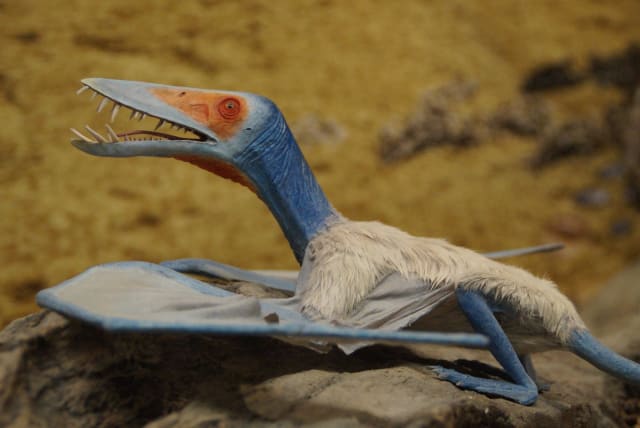Dinosaur feathers were more similar to those we recognize than previously assumed - study

Proteins were discovered in fossilized feathers which were previously believed to only be present in modern animals.
A group of scientists has called into question the assumption that bird feathers are different biologically from those of ancient animals during the age of the dinosaurs. New research suggests that they are in fact very similar, as reported on the website of University College Cork (UCC), who also conducted the research.
The research was published in the peer-reviewed journal Nature Ecology and Evolution and featured input from researchers at the UCC as well as Chinese and American universities.
Proteins were discovered in fossilized feathers which were previously believed to only be present in modern animals.
The team looked at fossilized feathers from dinosaur remains over 125 million years old from a Sinornithosaurus alongside similar artifacts.
“It’s really exciting to discover new similarities between dinosaurs and birds. To do this, we developed a new method to detect traces of ancient feather proteins. Using X-rays and infrared light we found that feathers from the dinosaur Sinornithosaurus contained lots of beta-proteins, just like feathers of birds today,” Dr Tiffany Slater of the UCC’s School of Biological, Earth and Environmental Science, who co-led the study, said.
Birds of feather
Experimenting with how proteins in the feathers decompose during fossilization was vital in understanding the process of chemical preservation in fossil feathers.
“Modern bird feathers are rich in beta-proteins that help strengthen feathers for flight,” Dr Slater says.
“Previous tests on dinosaur feathers, though, found mostly alpha-proteins. Our experiments can now explain this weird chemistry as the result of protein degradation during the fossilization process. So although some fossil feathers do preserve traces of the original beta-proteins, other fossil feathers are damaged and tell us a false narrative about feather evolution.”
This finding represents a significant step forward in our understanding of whether or not organic proteins are able to withstand millions of years in such states, according to the authors of the study.
Jerusalem Post Store
`; document.getElementById("linkPremium").innerHTML = cont; var divWithLink = document.getElementById("premium-link"); if (divWithLink !== null && divWithLink !== 'undefined') { divWithLink.style.border = "solid 1px #cb0f3e"; divWithLink.style.textAlign = "center"; divWithLink.style.marginBottom = "15px"; divWithLink.style.marginTop = "15px"; divWithLink.style.width = "100%"; divWithLink.style.backgroundColor = "#122952"; divWithLink.style.color = "#ffffff"; divWithLink.style.lineHeight = "1.5"; } } (function (v, i) { });

